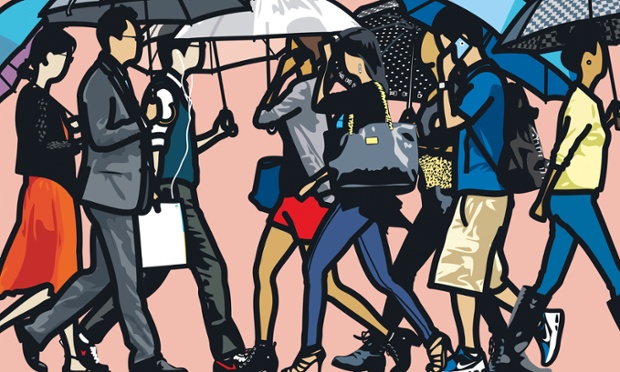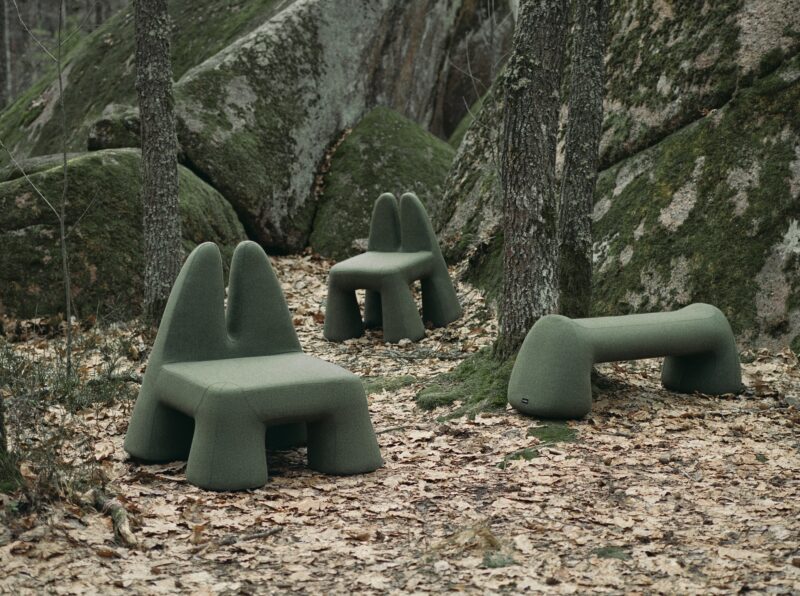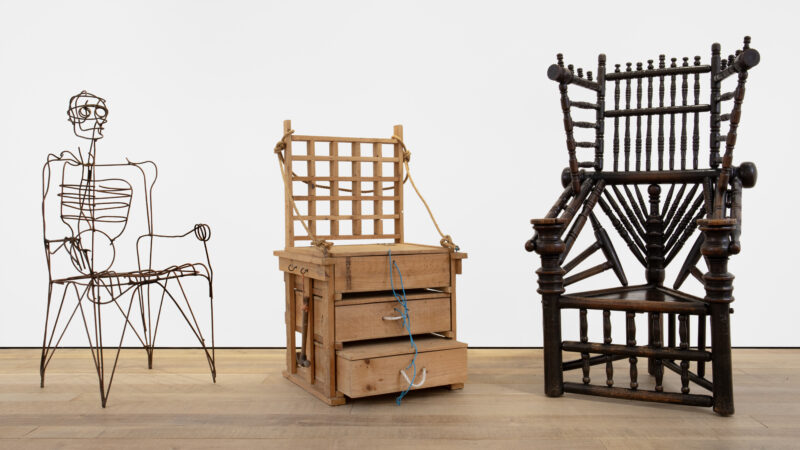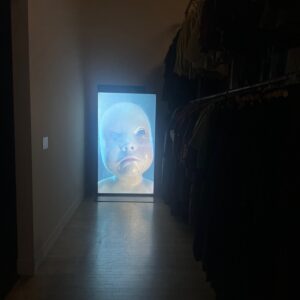Walking in the rain, Seoul._2015~hi.jpg
Julian Opie: 2012 – 2015
5th Jun 2015 – 18th Jul 2015
Courtesy Julian Opie and Alan Cristea Gallery.
Art is a mere imitation of life. Worse, it is not even an accurate imitation. All it can really do is point to the way things look, and hope we recognise a human face in what is just an oval shape with dots for eyes and a line for a mouth.
All representational art works like this, from ancient Greek vase paintings to Picasso’s cartoon babes, but few artists have ever explored the reductive essentials of picturing the world as relentlessly as Julian Opie. This lover of dumb beauty, connoisseur of modern life and scientific explorer of the nature of perception wears his thinking lightly. So lightly he might be mistaken for a vacant pop stylist. Yet his exhibition of up-to-the-minute observations of the way we look now is a wonderland for the eye; a revelation of the fleeting beauty of this world. It will make your day, refresh your soul and change the way you see city streets, faces and fields full of sheep for a long time to come.
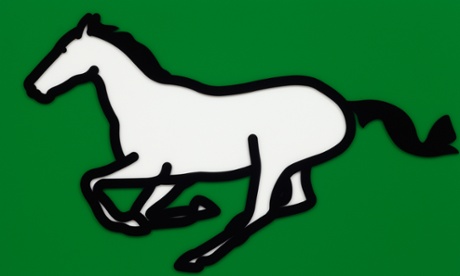
It will also make you laugh. Opie is a very funny artist. This is partly because he observes people so closely – like a brilliant caricaturist, he has a formidable eye for foibles, idiosyncracies and character. The paradox is that he renders these nuances in a flattened, abstract style that seems at first glance to be uniform and cold. In his series Tourists, people on the streets of London are portrayed in the classic Opie style, with bold black outlines, colourful clothes and no facial details at all. And yet, he nails them. Each “tourist” looks startlingly individual and real, as if they might be walking by this minute. A man in mirror shades and beard looks poignantly lost. A woman in black, with her sunglasses pushed over her hair, seems far more confident, her force of character somehow conveyed by a totally blank face.
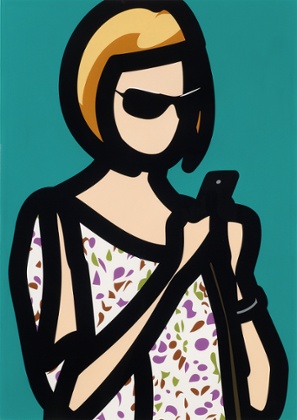
Walking in London, a series of full-length profiles of people walking about town, catches not just a comic variety of body shapes and personalties – a plump city type on his phone, a woman with her nose proudly in the air – but also their different ways of walking. A businessman lopes along hilariously in a brown suit, with huge strides, while a young woman dawdles as she consults her phone.
These drawings literally go for a walk. Walking in London is printed on lenticular panels, in which a sequence of drawings are combined on tiny lenses so that as you move, you see them move. Stand still and the picture is still. Move and it is animated. Other works in the exhibition play the same game. A school of fish that might have come straight out of a Japanese print swim entrancingly. Sheep waddle in a field and a baby crawls.
Like photographic sequences by Muybridge or dynamic sketches by Leonardo da Vinci, these animated lenticular drawings richly analyse the nature of movement. In a knowing nod to the long quest to capture motion in art, Opie also includes a series of three bold pictures of a horse in different stages of galloping.
He is asking the kinds of questions that Degas and Seurat asked in their day – how do we see? What is this strange dazzling world of light and shadow we inhabit? Opie is a deeply serious and rather unfashionable artist. His cool images of modern life are in reality puzzled essays on the magic of perception and the mystery of other people (and in the case of his fishes and sheep, other species).
The two most haunting works here are big pictures of London crowds in the rain. As people rush by under multicoloured umbrellas, Opie records the heroism of modern city life in flashes of detail: a woman’s Tesco bag and yellow tights, a turquoise hoodie, a figure slumping in a thick coat – and so many earphones, so much tech. It’s us alright. These two images of London created in 2015 should be in Tate Modern right now and forever because they show British life today as sharply and truly and timelessly as Seurat showed the Parisians of his time. This is how genius looks now.
guardian.co.uk © Guardian News & Media Limited 2010
Published via the Guardian News Feed plugin for WordPress.
